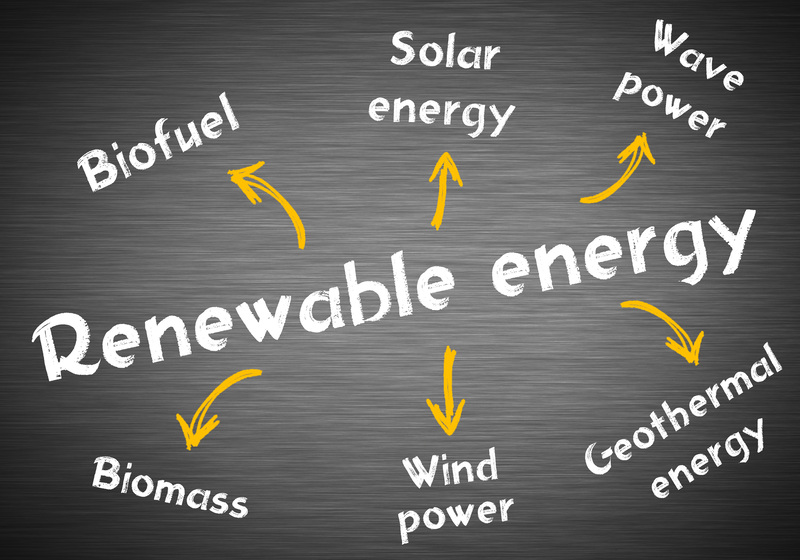What to Know About Responsible PPE Disposal at Work
Personal Protective Equipment (PPE) has become an integral part of workplace safety across industries, especially in health care, manufacturing, construction, and laboratories. With increased usage comes the equally critical responsibility of ensuring safe, sustainable, and proper PPE disposal at work. If your business or organization uses PPE such as gloves, masks, gowns, face shields, respirators, and shoe covers, understanding how to dispose of these items safely is essential for protecting your staff and the environment.
Table of Contents
- Why Responsible PPE Disposal Matters
- Types of PPE in the Workplace
- PPE Waste Categories
- Proper PPE Disposal Procedures
- Legal Requirements & Compliance
- Environmental Impact of PPE Waste
- Steps Towards Sustainable PPE Disposal
- Training & Awareness at Work
- FAQ: Responsible PPE Disposal at Work
- Conclusion: Building a Safer, Cleaner Workplace
Why Responsible PPE Disposal Matters
The massive increase in the use of PPE in the workplace has had significant consequences for safety and sustainability. Improper PPE waste management can:
- Expose employees and waste management staff to biological, chemical, or physical hazards.
- Lead to environmental pollution--particularly of plastics and microplastics in watercourses and soil.
- Violate regulatory guidelines, resulting in legal penalties and financial costs.
- Damage the company's reputation and community trust.
- Hinder the fight against infectious disease transmission (e.g., COVID-19, influenza).
Responsible PPE disposal at work is not just about compliance--it's an essential component of corporate responsibility, environmental stewardship, and employee health.
Types of PPE Used in the Workplace
Before diving into best practices for PPE disposal in the workplace, it's important to understand the range of PPE items that may be used daily. These include:
- Disposable Gloves: Nitrile, latex, vinyl (commonly used in healthcare, food service, labs).
- Face Masks and Respirators: Surgical masks, N95/FFP2/FFP3 respirators, cloth face coverings.
- Protective Gowns and Coveralls: Used in industrial, medical, and laboratory settings.
- Eye Protection: Goggles, face shields, and safety glasses.
- Footwear Protection: Shoe covers, overshoes, and anti-slip overs.
- Hearing Protection: Earplugs and earmuffs (though generally reusable, may need disposal under certain conditions).
Each type has distinct disposal requirements depending on its material, use, and contamination risk.
PPE Waste Categories: General, Clinical, and Hazardous
Not all PPE should be disposed of the same way. At work, PPE waste can be classified as:
- General PPE Waste: Non-contaminated items such as unused or unpackaged PPE, or PPE used outside of medical and hazardous settings.
- Clinical/Medical PPE Waste: Used or potentially contaminated with bodily fluids, pathogens, or chemicals--must be treated as biomedical waste.
- Hazardous/Chemical PPE Waste: PPE contaminated with toxic chemicals, heavy metals, or hazardous substances--subject to specialized disposal rules.
How to Dispose of PPE Responsibly at Work
1. Separation at Source
*Train employees to remove and sort used PPE at designated collection areas. Applicable color-coding, signage, and containers* are critical for preventing cross-contamination.
- General PPE: Place in sealed bags in regular waste bins, if uncontaminated and allowed by local regulations.
- Clinical/Medical PPE: Deposit into clearly labeled biohazard bins or yellow bags.
- Chemical-contaminated PPE: Use hazardous waste bins per your company hazardous waste management protocol.
2. PPE Bagging and Containment
PPE should be disposed of in appropriate, well-sealed bags to prevent leaks or exposure. For potentially infectious or hazardous PPE, double-bagging is recommended.
3. Transportation and Storage
Waste containers should be transported by trained staff using appropriate equipment and PPE. Storage areas for collected PPE waste must be secure, clearly marked, and away from food or staff rest areas.
4. Collection and Disposal
Partner with certified waste disposal companies for PPE waste collection. Ensure the provider offers:
- Proof of compliant processing and documentation
- Proper transfer of hazardous and infectious waste to authorized facilities
- Environmentally safe incineration or, when possible, recycling
5. Documentation and Record Keeping
Maintain detailed records of PPE waste quantities, disposal dates, and disposal company details. This ensures compliance in audits and supports continuous improvement.
Legal Requirements & Industry Guidelines for PPE Disposal at Work
Businesses have a legal obligation to dispose of PPE responsibly. Regulatory oversight covers many areas:
- OSHA (Occupational Safety and Health Administration) mandates safe handling of infectious and hazardous PPE in the United States.
- EPA (Environmental Protection Agency) oversees workplace hazardous waste, including PPE contaminated with chemicals.
- CDC, WHO, and other health authorities release periodic guidance on infectious PPE management.
- Local and state/provincial authorities may have stricter regulations--be sure you're familiar with both federal and regional requirements.
Key legal steps include:
- Determining waste classification (general, clinical, hazardous)
- Training staff on PPE disposal and compliance protocols
- Maintaining and updating waste management records
- Using licensed waste disposal contractors
Failure to comply can result in:
- Heavy fines and litigation
- Workplace inspections and business interruptions
- Risk to staff, public health, and the environment
Understanding the Environmental Impact of PPE Waste
The COVID-19 pandemic highlighted an unintended consequence of PPE use--environmental pollution. The majority of disposable PPE, including masks and gloves, are made from single-use plastics such as polypropylene, which do not degrade easily. The impact includes:
- Microplastic Pollution: Discarded PPE breaks into microplastics, contaminating rivers, oceans, and soils.
- Risks to Wildlife: Animals may ingest or become entangled in PPE waste, causing injury or death.
- Greenhouse Gas Emissions: PPE incineration produces carbon dioxide and other pollutants.
- Resource Depletion: High demand for disposable plastics increases pressure on petroleum resources.
Responsible PPE disposal at work reduces these risks and supports your company's environmental goals!
Steps Towards More Sustainable PPE Disposal
1. Source Reduction and Reusable PPE
- Switch to reusable gowns, respirators, and face shields where safety requirements permit.
- Implement strict controls to avoid unnecessary PPE use or wastage.
2. Segregate Recyclable PPE
- Check with your waste contractor on local schemes for recycling clean, uncontaminated PPE (for example, certain masks, visors, goggles, and plastic packaging).
- Participate in manufacturer take-back programs, where available.
3. Educate and Involve Staff
- Empower employees to report and suggest improvements in PPE waste management.
- Display clear, engaging visual guides near disposal stations.
- Incorporate PPE disposal into your sustainability training programs.
4. Innovate and Audit
- Regularly audit your PPE disposal practices for compliance and opportunities to reduce, reuse, or recycle.
- Stay updated on new technologies for PPE waste treatment. Some companies now offer to recycle masks and gloves into usable materials for road surfacing or construction.
5. Communicate Results
- Share your workplace's achievements on responsible PPE disposal with employees, stakeholders, and your community.
- Set public sustainability targets for PPE waste reduction.
Staff Training and Awareness for Responsible PPE Disposal
Ensuring that all staff are informed and equipped to dispose of PPE responsibly is foundational to workplace health and compliance. Here are best practices:
- Onboarding: Include waste management and PPE disposal procedures in new employee induction.
- Ongoing Training: Offer regular refresher sessions or toolbox talks about new protocols and best practices.
- Clear Signage: Use pictograms, posters, and color-coded bins to minimize confusion.
- Incident Reporting: Encourage staff to report incorrect PPE disposal promptly for corrective actions.
FAQ: Responsible PPE Disposal at Work
- Q: Can PPE such as masks and gloves be recycled?
A: Most disposable PPE is not currently recyclable through regular waste streams, but special programs in some areas do accept certain PPE for recycling. Always check with your waste provider. - Q: What should I do if my workplace PPE is contaminated with infectious material?
A: Place the PPE in a biohazard bag or bin for clinical/medical waste, and ensure it is handled only by trained staff or licensed waste contractors. - Q: How can businesses reduce the environmental impact of PPE?
A: Shift to reusable PPE where possible, dispose of contaminated PPE using compliant channels, and support recycling initiatives.
Conclusion: Building a Safer, Cleaner Workplace Through Responsible PPE Disposal
Responsible PPE disposal at work is a critical part of occupational health, environmental protection, and regulatory compliance. By understanding the different types of PPE, waste categories, and best practices for disposal, your organization can both protect workers and reduce environmental harm.
Key actions include: clear sorting and containerization of PPE, ongoing staff training, partnership with certified waste management providers, adherence to regulatory guidelines, and striving for more sustainable PPE usage and disposal options.
Investing in responsible PPE waste management not only safeguards your staff--but also contributes to a greener planet and a more sustainable future for your business.

